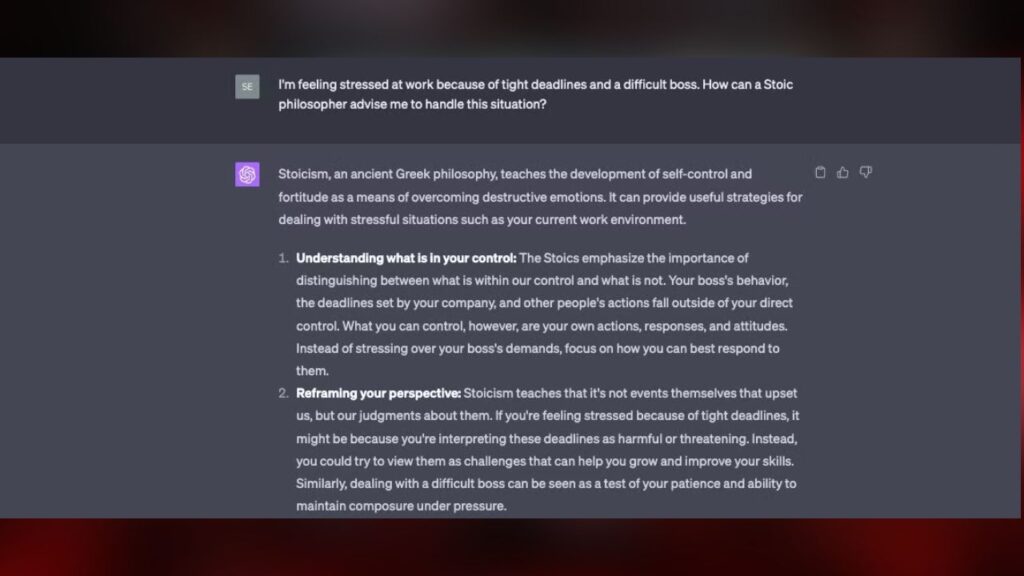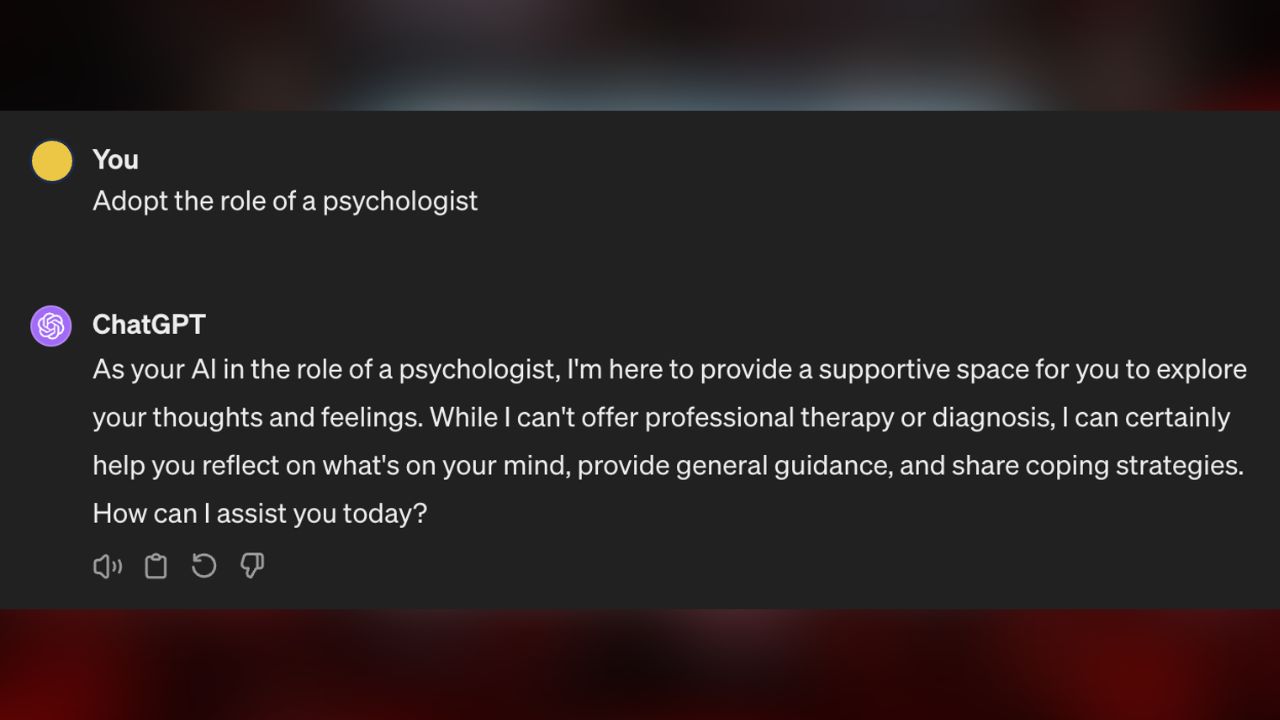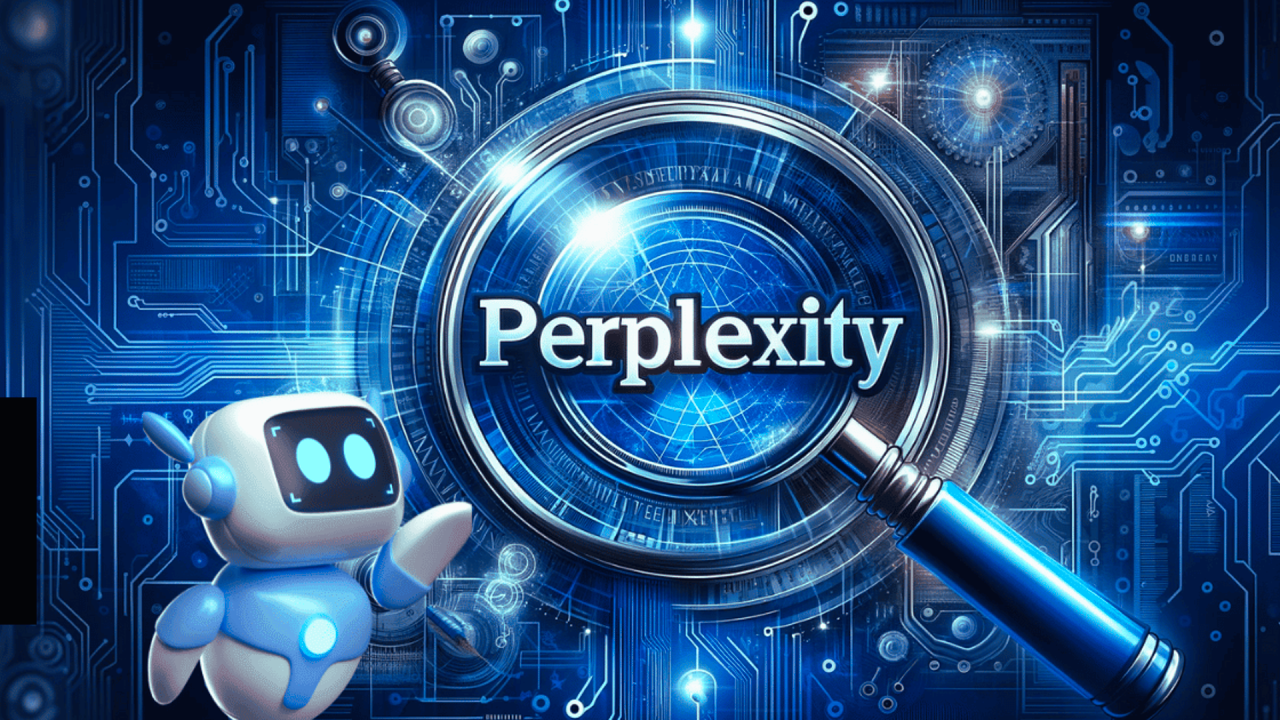In today’s fast-paced world, mental health has become a growing concern. The demand for therapists has surged, but so has the interest in utilizing AI-powered tools like ChatGPT to aid in counseling sessions. This technology is not here to replace human therapists, but rather to enhance therapy practices by providing quick, reliable assistance and improving client engagement. Let’s explore how ChatGPT can be a valuable companion to both therapists and clients, offering new opportunities for growth, healing, and transformation.
What is ChatGPT and How Can It Be Used in Therapy?
ChatGPT is a cutting-edge language model developed by OpenAI, designed to generate human-like conversations based on input. Its use in therapy focuses on supporting professionals by offering real-time responses, resources, and new perspectives during client interactions. This technology can act as a supplementary tool, helping counselors identify themes, summarize sessions, or generate coping strategies.
Therapists can use ChatGPT in a variety of ways:
- Session Summarization: Instantly summarize key points of a therapy session.
- Generating Questions: Create open-ended, exploratory questions to further guide the therapeutic process.
- Role-Playing: Simulate different situations or role-play exercises to help clients practice conversations or interactions.
- Accessing Resources: Provide instant recommendations for reading materials or therapeutic exercises based on a client’s specific needs.
While ChatGPT can deliver insights, therapists must ensure they remain the primary decision-makers in the therapeutic process, guiding the direction of care.
The Benefits of ChatGPT for Therapists
Integrating ChatGPT into counseling sessions can bring multiple benefits for both the therapist and the client. These include:
1. Enhancing Efficiency and Time Management
Therapists often face time constraints, whether it be preparing for sessions or writing follow-up notes. ChatGPT helps streamline these tasks by quickly summarizing session details, offering suggested follow-up actions, and even drafting notes. This way, therapists can dedicate more time to understanding their clients rather than being buried in administrative work.

2. Providing Tailored Responses
ChatGPT can be programmed to tailor its responses based on specific therapy models, such as CBT (Cognitive Behavioral Therapy) or ACT (Acceptance and Commitment Therapy). This allows therapists to utilize it as a tool for customizing treatment plans and suggesting interventions that are aligned with a client’s particular therapeutic needs. The AI can assist in recognizing cognitive distortions or suggesting mindfulness practices suited to the client’s emotional state.
3. Support Outside of Sessions
Clients may need guidance outside of scheduled appointments. ChatGPT can provide them with resources, insights, or coping mechanisms when their therapist is unavailable. This tool can be used to supplement homework assignments, encouraging clients to continue their personal growth between sessions.
4. Data-Driven Insights
One of the most exciting features of ChatGPT is its potential to analyze conversations and detect patterns that might be difficult to spot in real time. Over time, it can help therapists identify recurring themes, emotional triggers, or even shifts in client behavior, providing invaluable data that can influence future sessions. This empowers therapists to craft data-backed therapeutic interventions.
Ethical Considerations in Using AI for Therapy
As with any technological advancement, the integration of AI in therapy requires careful consideration of ethical issues. ChatGPT, while impressive, has limitations that must be addressed to ensure the safety and confidentiality of therapy clients. Here are some key ethical concerns to bear in mind:
1. Confidentiality and Data Security
Confidentiality is paramount in therapy, and using AI requires stringent data protection measures. Therapists need to ensure that conversations processed through ChatGPT are securely stored and that no third-party access is permitted. It’s crucial that both clients and therapists understand how data is handled and that they have the proper safeguards in place.
2. Dependency on AI
While ChatGPT offers significant benefits, it is vital that therapists do not become overly reliant on the technology. The human element in therapy—empathy, intuition, and personalized attention—cannot be replaced by AI. ChatGPT should be used as a complementary tool, not as a replacement for human judgment.
3. Maintaining Professional Boundaries
Using AI outside of regular session hours poses potential risks for blurring boundaries between therapist and client. Clear guidelines should be set regarding the role of ChatGPT in the therapeutic relationship. For instance, AI responses must never be mistaken for real-time crisis intervention.
Challenges of Integrating ChatGPT in Therapy
Though ChatGPT is a powerful tool, it’s not without its challenges. Therapists need to be aware of these limitations in order to use the tool effectively.
1. Lack of Emotional Nuance
One of the key drawbacks of AI is that it lacks emotional depth. ChatGPT, while impressive in processing and generating text, does not possess the ability to empathize or truly understand the emotional nuances of human conversations. This makes it a helpful tool for offering cognitive insights but less effective in handling deep emotional work.
2. Risk of Miscommunication
AI may misinterpret input or fail to capture the subtle cues and non-verbal communication that are crucial in therapy. It is essential that therapists cross-check the AI’s suggestions and maintain clear communication with their clients to avoid misunderstandings or misdiagnoses.
3. Limited Scope in Crisis Management
AI is not equipped to handle emergency situations. In cases of crisis—whether it be a client experiencing suicidal thoughts or a panic attack—ChatGPT should not be relied upon. Therapists must remain the primary source of crisis intervention, ensuring that they have appropriate protocols in place for handling emergencies.
How ChatGPT Can Enhance Specific Therapeutic Approaches
Depending on the therapeutic model a counselor employs, ChatGPT can be adapted to better support that approach. Here are a few examples of how it can be used with popular therapy techniques:
1. Cognitive Behavioral Therapy (CBT)
CBT relies heavily on identifying and challenging cognitive distortions. ChatGPT can assist by generating automatic responses when clients report negative thought patterns or cognitive errors. Therapists can then guide clients through re-framing these thoughts more effectively.
2. Mindfulness-Based Therapy
For those practicing mindfulness-based therapy, ChatGPT can provide guided meditations, breathing exercises, and mindfulness practices that clients can use between sessions. It can also help reinforce mindfulness principles by generating reminders and insights based on the client’s past conversations.
3. Solution-Focused Brief Therapy (SFBT)
In SFBT, therapists focus on finding solutions to specific problems. ChatGPT can support this approach by generating goal-oriented questions and offering possible solutions for the issues at hand. This helps both the therapist and the client stay focused on progress and positive change.
The Future of ChatGPT in Therapy
As AI continues to evolve, so too will its application in the field of mental health. We anticipate future developments will focus on improving ChatGPT’s emotional intelligence, further enhancing its ability to support therapists in delivering more compassionate and client-centered care.
Therapists who embrace this technology can look forward to a more streamlined, data-driven, and effective practice, one that allows them to spend more time building meaningful connections with their clients. However, it is crucial that the integration of ChatGPT be handled with care, ensuring it remains a supplement to human insight, rather than a substitute.



